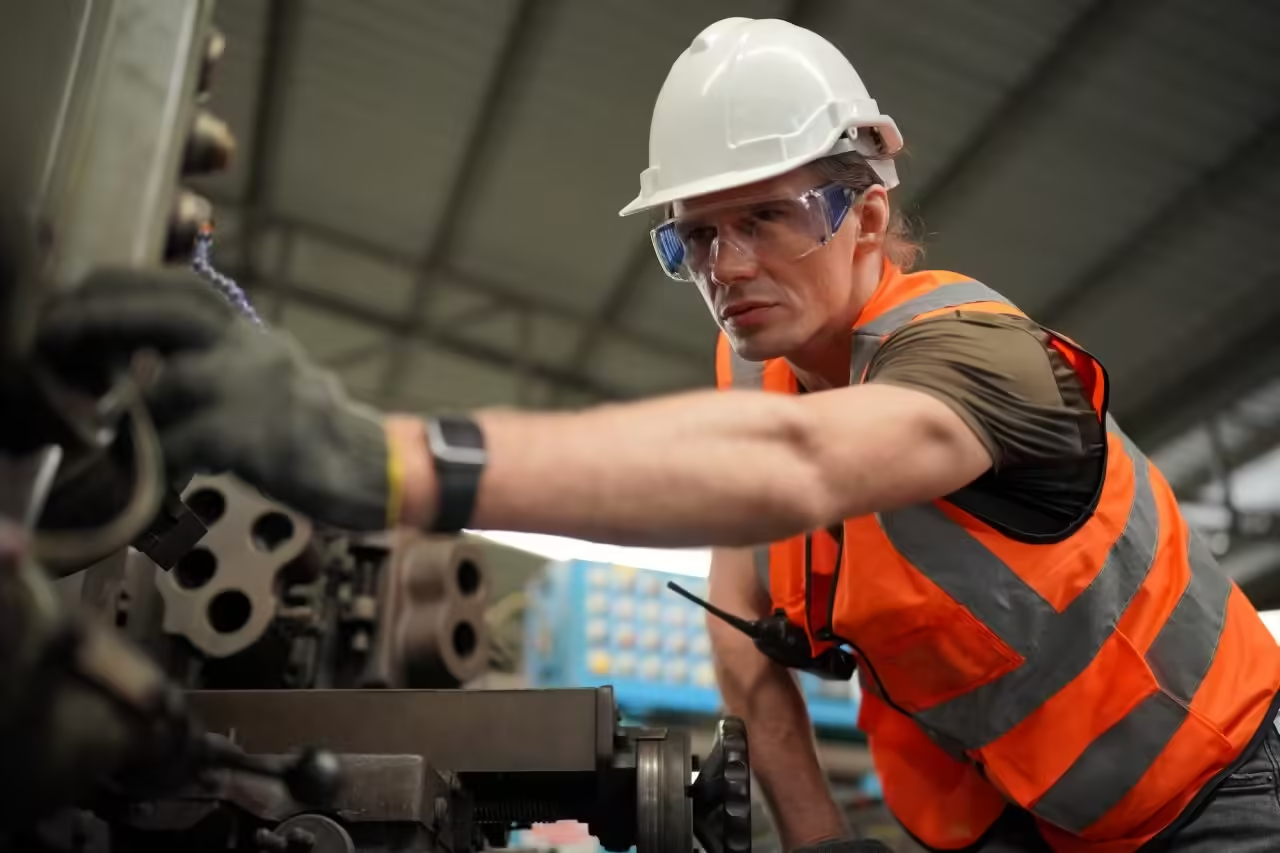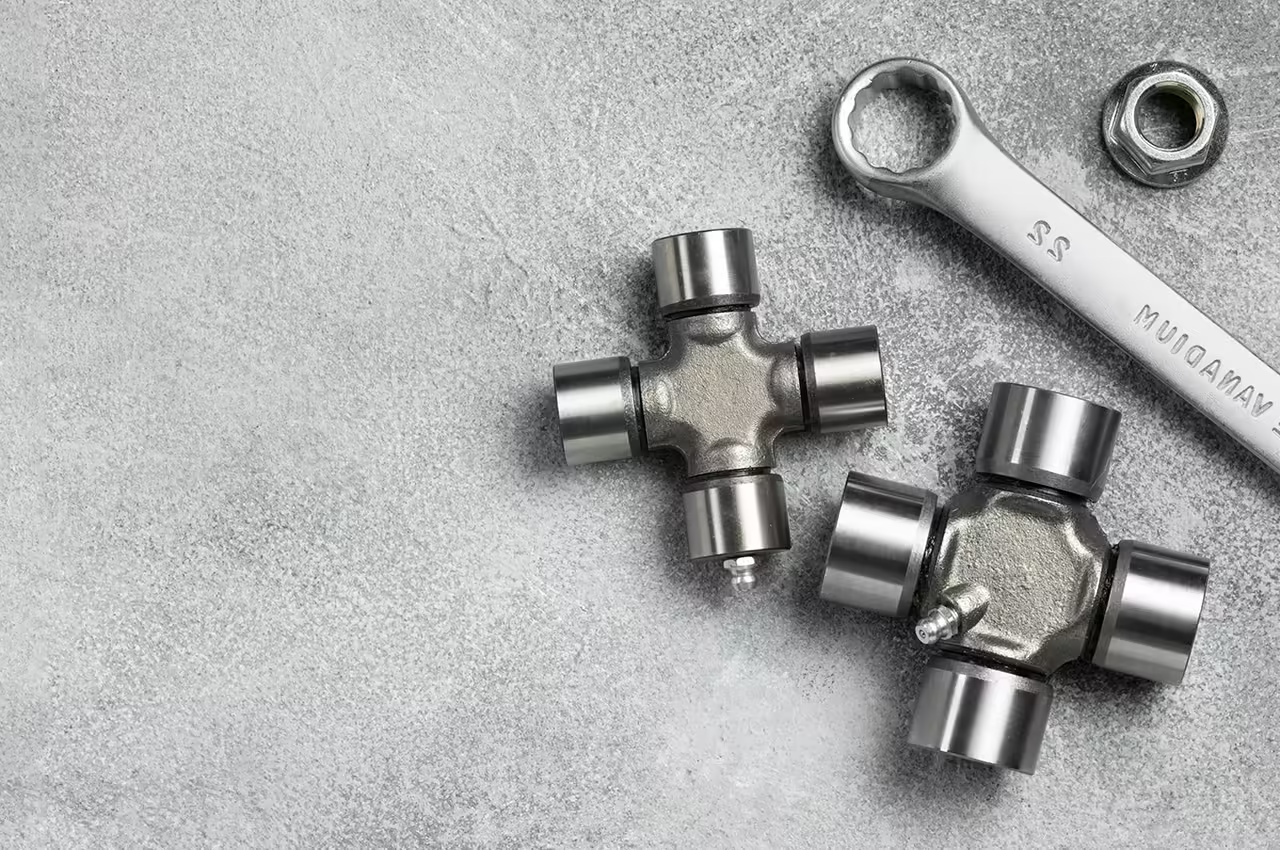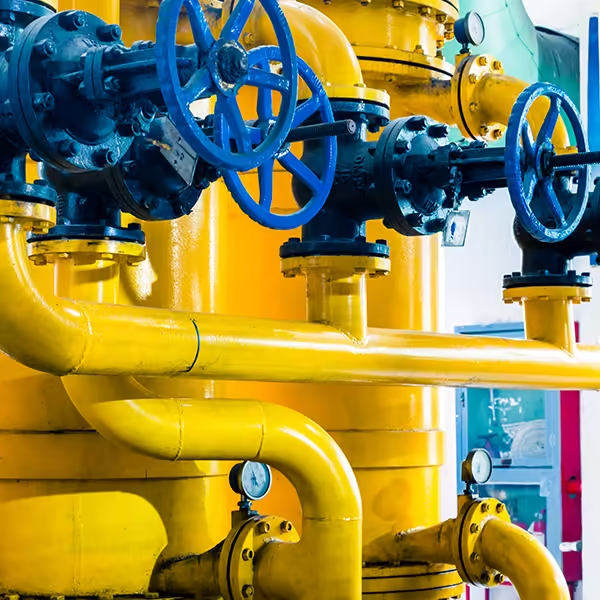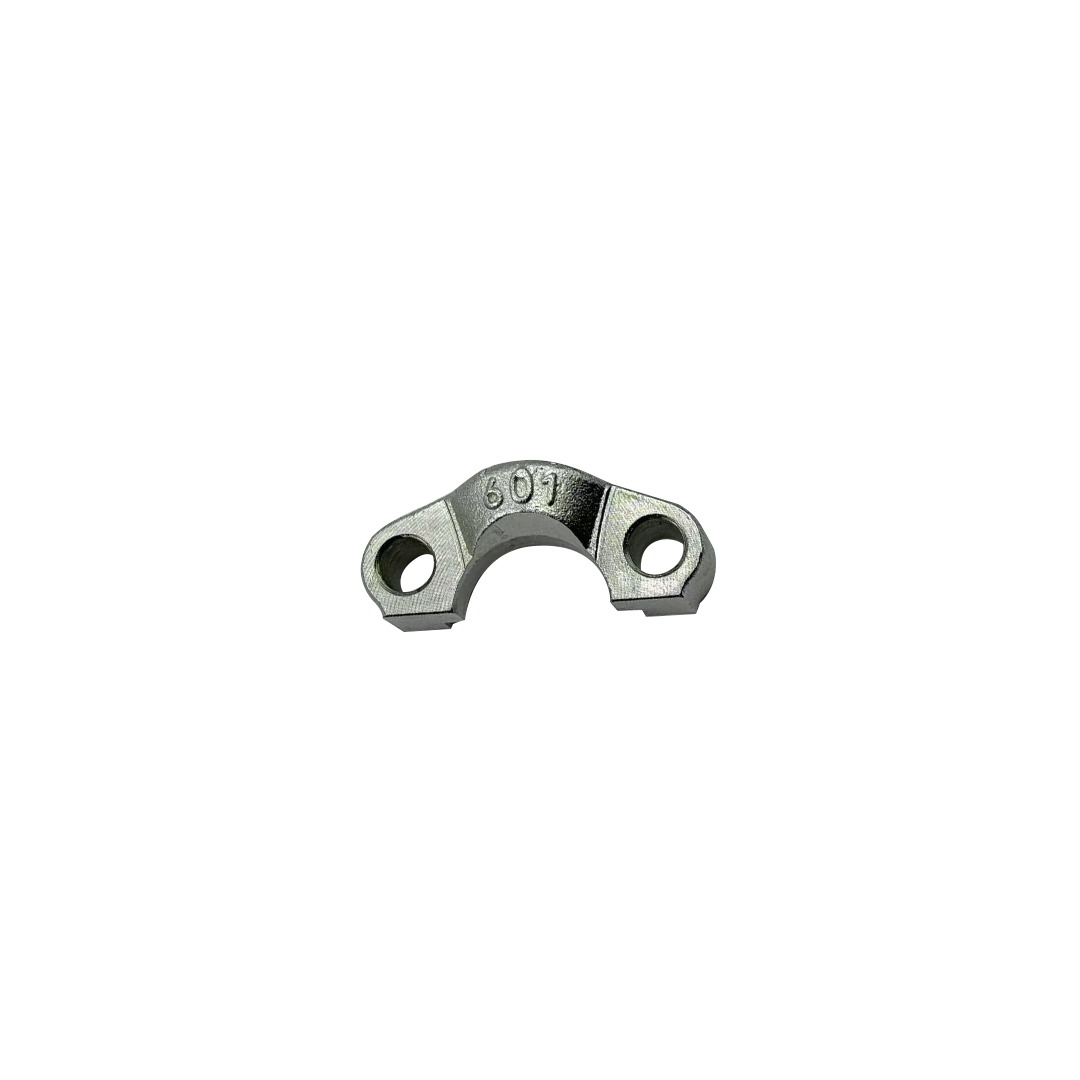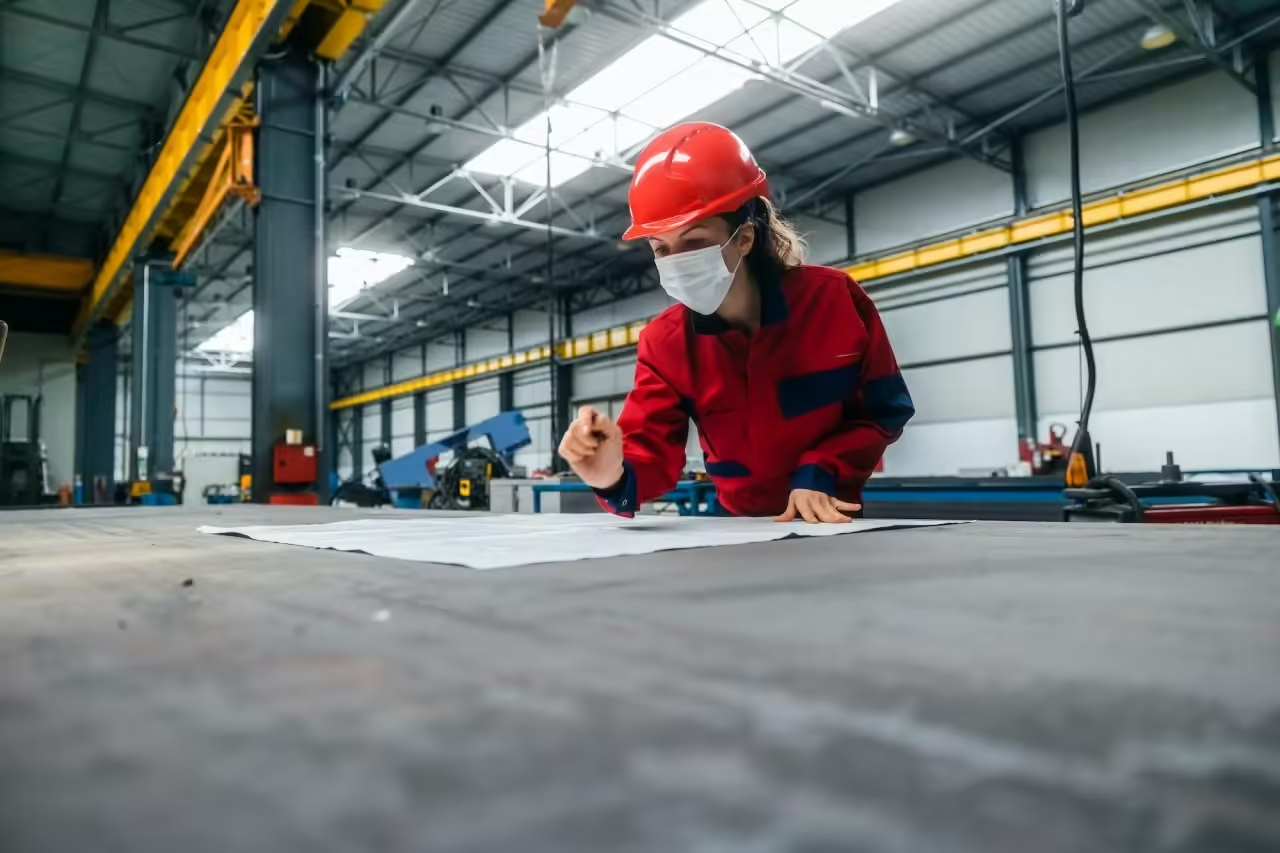Table of Contents
Introduction
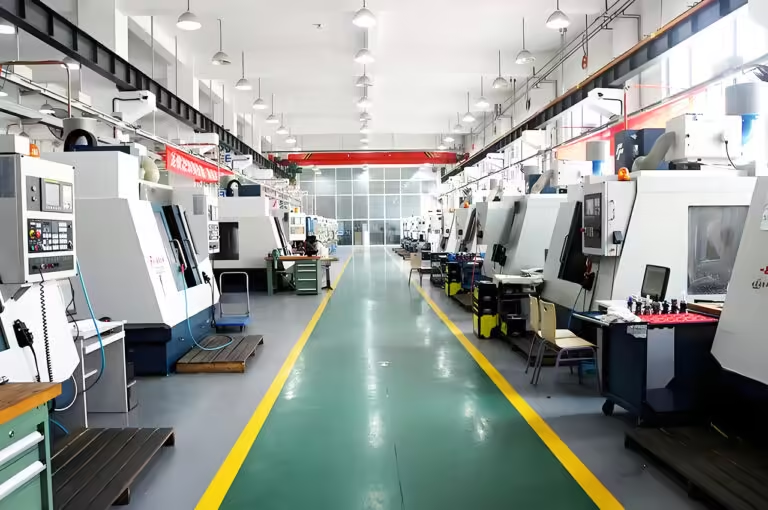
Hydraulic hose coupling is a crucial component in many industrial and mechanical systems. Whether you’re in construction, manufacturing, or any sector that relies on hydraulic systems, selecting the right hydraulic hose coupling impacts performance, safety, and longevity. A high-quality hydraulic hose coupling ensures leak-free connections, withstands pressure fluctuations, and maintains system integrity under harsh conditions.
Many buyers face challenges in choosing the correct hydraulic hose coupling due to diverse types, materials, and technical specifications. This blog aims to guide you through the top 7 must-know tips for buying hydraulic hose coupling, ensuring you make informed decisions that improve your system’s reliability and efficiency.
Throughout this article, we’ll also introduce how companies like Hebei Minglai Pipe Fitting Co., Ltd., a leading producer of hydraulic joints and fittings, maintain strict quality control and offer customizable solutions to meet buyer demands.
1. Understand Different Types of Hydraulic Hose Coupling
Before purchasing a hydraulic hose coupling, it is essential to understand the types available in the market and their Before purchasing a hydraulic hose coupling, it is crucial to have a clear understanding of the various types available on the market, along with their specific applications and advantages. Choosing the right type will ensure system reliability, safety, and optimal performance. Hydraulic hose couplings come in several forms, each designed to address different operational needs, pressures, and media compatibility.
- Flared Pipe Joint: These are commonly used for connecting softer pipes such as copper, thin-walled steel, nylon, and plastic pipes. The simple construction makes them easy to install and maintain. They are ideal for medium to low-pressure pipeline systems where flexibility and ease of assembly are important. Their straightforward design reduces failure points, but they may not be suitable for extremely high-pressure applications.
- Welded Pipe Joint: Welding the pipe directly to the fitting’s inner core creates a very strong and durable joint. This type of hydraulic hose coupling offers excellent sealing and high resistance to pressure and vibration. However, the requirement for welding during installation and removal increases labor costs and complexity. This makes welded pipe joints more appropriate for permanent or semi-permanent installations where reliability is paramount and maintenance is infrequent.
- Card Sleeve Pipe Joint: These couplings utilize an elastic card sleeve to firmly clamp the oil pipe, providing a robust seal suitable for high-pressure cold-drawn seamless steel pipes. Their design balances ease of installation with the ability to withstand demanding pressures. Card sleeve joints are favored in industries where both strong sealing and relatively quick assembly/disassembly are required.
- Crimp Pipe Joint: Widely used in hydraulic hose assemblies, crimp pipe joints consist of a fitting jacket and core, mechanically compressed (crimped) around the hose. This method ensures a durable, leak-proof connection that performs well under high pressure and dynamic conditions. Crimped couplings are popular for their reliability and ease of mass production, making them a standard choice in many hydraulic systems.
- Removable Pipe Joint: Specifically engineered for applications requiring frequent hose removal and reconnection, these couplings enable easy maintenance and system reconfiguration. Suitable for high-pressure small-diameter hoses, removable joints help reduce downtime and labor during repairs or equipment changes, increasing overall operational efficiency.
- Quick-change Pipe Joint: These are designed with more complex internal structures to facilitate fast and safe connection or disconnection, especially in pipeline systems that carry oil and gas media. Quick-change couplings improve workflow in environments where frequent hose swaps are needed without sacrificing sealing integrity or safety.
Understanding these hydraulic hose coupling types allows you to match your system’s operational requirements—such as pressure rating, media type, and maintenance frequency—to the appropriate coupling style. This knowledge helps prevent costly downtime, improves safety, and extends equipment life.
2. Prioritize Quality Materials and Durability in Hydraulic Hose Coupling
The materials used in hydraulic hose coupling manufacturing are foundational to the overall quality, longevity, and safety of the hydraulic system. Selecting couplings made from high-quality metals and components can dramatically reduce maintenance costs and avoid costly system failures.
- Material Choices: Stainless steel is often the material of choice due to its excellent corrosion resistance, strength, and ability to withstand harsh environments including exposure to chemicals and moisture. Brass offers good corrosion resistance and machinability, suitable for moderate pressure applications. Carbon steel is valued for its high strength and durability but usually requires protective coatings to resist corrosion.
- Hebei Minglai Pipe Fitting Co., Ltd. is a prime example of a manufacturer emphasizing superior material selection. Their hydraulic joints and rubber products undergo rigorous material testing to ensure they meet or exceed industry standards for pressure resistance, corrosion protection, and durability. This commitment is reflected in their quality management system, which enforces strict testing protocols throughout production.
- Durability Factors: Couplings must not only resist external corrosion but also withstand internal pressures and dynamic forces such as vibration and temperature fluctuations. Inferior materials or manufacturing processes can lead to early wear, cracking, or leakage. Investing in hydraulic hose coupling with proven material durability extends the service life of your system and improves safety by minimizing the risk of sudden failures.
- Cost Implications: While couplings made from premium materials might come with a higher upfront cost, they often result in lower total cost of ownership by reducing downtime, maintenance, and replacements. High-quality couplings also protect connected equipment from damage caused by leaks or bursts, safeguarding your entire hydraulic system investment.
By prioritizing material quality and durability, buyers ensure they acquire hydraulic hose coupling that delivers consistent performance even in demanding industrial conditions.
3. Check Compatibility and Customization Options for Hydraulic Hose Coupling
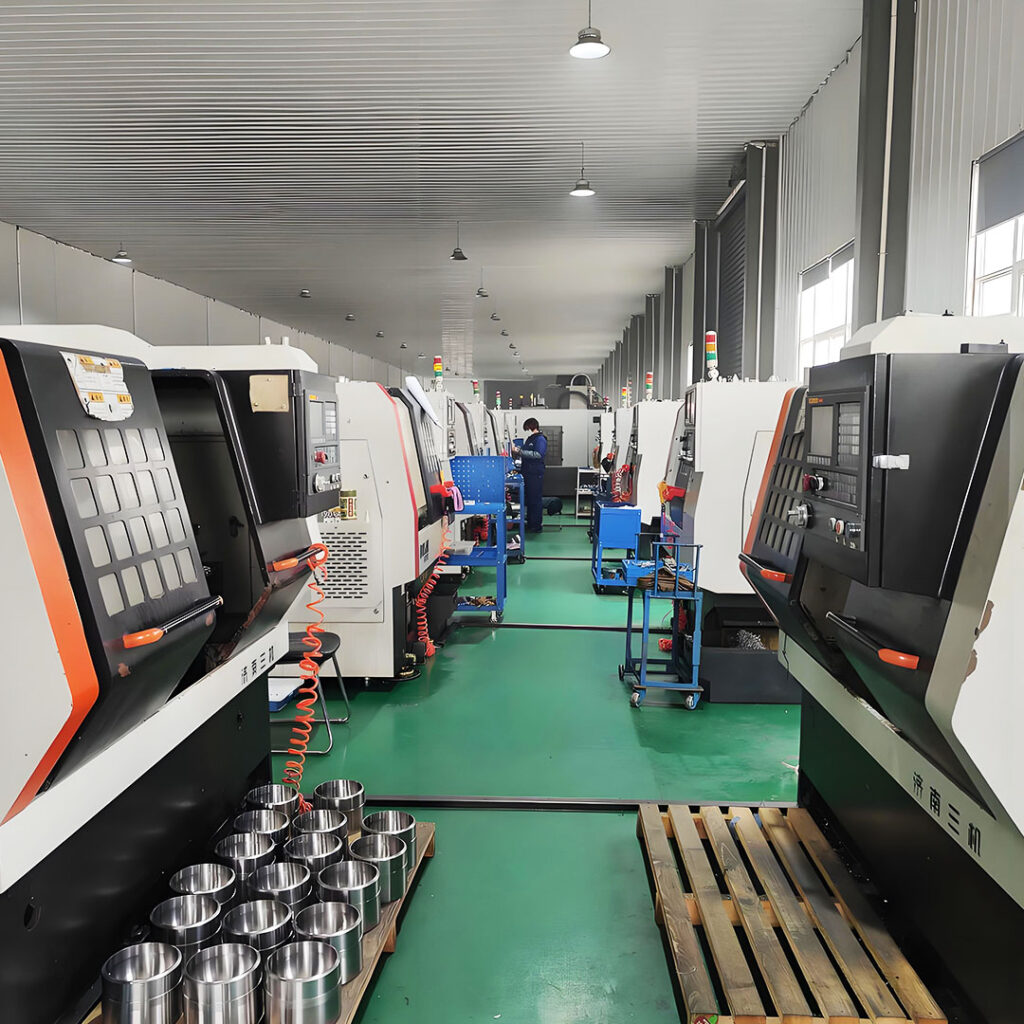
Ensuring compatibility is one of the most critical factors when selecting hydraulic hose coupling. Mismatches in size, pressure rating, or connection type can cause severe issues such as leaks, pressure drops, or even catastrophic failures. Therefore, thorough verification of compatibility with your existing hoses, pipes, and system parameters is essential.
- Sizing and Dimensions: Hydraulic hose coupling must precisely match the hose or pipe diameter and wall thickness. Even small deviations can impair sealing effectiveness or cause mechanical stress. Many buyers overlook this detail, leading to improper fits that reduce system reliability.
- Pressure Ratings and Media Compatibility: Different hydraulic hose couplings are designed to operate safely within specific pressure ranges and media types. For example, some couplings are suited only for oil-based media, while others handle gases or aggressive chemicals. Always confirm the hydraulic hose coupling’s pressure rating meets or exceeds your system’s maximum operating pressure. Selecting couplings with appropriate media compatibility protects against degradation or failure due to chemical attack.
- Customization Options: Manufacturers like Hebei Minglai understand that standard couplings do not always meet specialized industrial needs. That’s why they offer customization options that tailor coupling dimensions, materials, or connection designs to customer specifications. Custom hydraulic hose couplings ensure a perfect fit and optimized performance in unique or challenging applications.
- Technical Consultation: Before making a purchase, it’s advisable to consult technical specialists or engineers to assess the compatibility of your hydraulic hose coupling choice. Manufacturers with professional support teams can help evaluate your system requirements and recommend the best coupling solutions, reducing the risk of costly errors.
- Testing and Verification: Post-selection, verifying coupling fit through physical trials or pressure testing is a best practice. This step ensures that the hydraulic hose coupling performs reliably under operational conditions and aligns with safety standards.
Careful attention to compatibility and leveraging customization when necessary help buyers acquire hydraulic hose coupling that integrates seamlessly into their systems, ensuring operational efficiency and safety.
4. Evaluate Hydraulic Hose Coupling Installation and Maintenance Ease
The ease of installing and maintaining hydraulic hose coupling greatly affects operational efficiency and costs. Welded pipe joints provide strong, leak-proof connections but require skilled welding during installation and removal, increasing downtime and labor expenses. This makes them less ideal for systems needing frequent disassembly. Conversely, removable and quick-change pipe joints allow fast hose replacement without welding or complex tools, reducing downtime and labor costs. When choosing couplings, consider how often you need to disconnect or service them. Selecting easy-to-install and maintain couplings helps improve workflow and lower long-term expenses.
5. Consider Pressure Ratings and Sealing Performance in Hydraulic Hose Coupling
Hydraulic systems operate under varying pressure levels, so it’s vital to select hydraulic hose coupling rated for your system’s maximum pressure. Using couplings with inadequate pressure ratings leads to leaks, bursts, and catastrophic system failures.
Additionally, effective sealing performance is critical to prevent fluid leakage. Quality couplings employ advanced sealing technologies and precise manufacturing to maintain integrity even under fluctuating pressures and temperature changes.
Hebei Minglai’s welded pipe joints, for example, offer excellent sealing and pressure resistance, making them ideal for demanding applications.
Mid-Article Table: Hydraulic Hose Coupling Types and Their Key Features
| Coupling Type | Typical Use Cases | Installation Ease | Pressure Rating | Sealing Performance | Customization Available |
|---|---|---|---|---|---|
| Flared Pipe Joint | Medium/low pressure pipes (copper, nylon) | Easy | Medium | Moderate | Limited |
| Welded Pipe Joint | High-pressure steel pipes | Difficult (welding) | High | Excellent | Moderate |
| Card Sleeve Pipe Joint | High-pressure seamless steel pipes | Moderate | High | Good | Yes |
| Crimp Pipe Joint | Hose assemblies | Easy | Medium-high | Good | Yes |
| Removable Pipe Joint | Frequent hose removal | Very easy | High | Good | Yes |
| Quick-change Pipe Joint | Oil/gas pipelines | Moderate | High | Very good | Limited |
6. Verify Certifications and Quality Control for Hydraulic Hose Coupling
Buying hydraulic hose coupling from manufacturers who adhere to international standards and certifications guarantees reliability and safety. Certifications like ISO 9001 demonstrate a company’s commitment to quality management systems.
Hebei Minglai Pipe Fitting Co., Ltd. implements strict quality control protocols and ensures each product meets relevant industry certifications. Such guarantees protect buyers from substandard products and reduce the risk of system failures.
Always request certification documents and quality assurance reports before purchasing.
7. Assess After-Sales Support and Warranty Services

Reliable after-sales support and warranty services provide peace of mind. Hydraulic hose coupling buyers should prioritize suppliers offering technical assistance, spare parts availability, and responsive customer service.
Hebei Minglai emphasizes comprehensive after-sales support, helping customers solve installation issues and maintain optimal system performance.
Before purchase, inquire about warranty terms and the availability of technical support to avoid unexpected operational disruptions.
Conclusion
Choosing the right hydraulic hose coupling is a complex but critical decision that influences your hydraulic system’s efficiency, safety, and durability. By understanding coupling types, prioritizing quality materials, verifying compatibility, and considering installation ease, you reduce the risk of costly errors.
Additionally, checking pressure ratings, ensuring certifications, and securing robust after-sales support further safeguard your investment.
Partnering with reputable manufacturers like Hebei Minglai Pipe Fitting Co., Ltd., which offers quality-tested hydraulic joints and customizable solutions, will help you acquire hydraulic hose coupling that fits your exact needs.
A smart buying approach ensures you enjoy consistent performance, reduced maintenance costs, and prolonged service life of your hydraulic systems.
FAQ
What materials are best for hydraulic hose coupling?
Stainless steel, brass, and carbon steel are the most durable and corrosion-resistant materials commonly used for hydraulic hose coupling.
How do I know if a hydraulic hose coupling fits my system?
Check the hose diameter, pressure rating, and connection type. Consult manufacturer specs and request customization if necessary.
Are quick-change hydraulic hose couplings reliable?
Yes, quick-change couplings provide fast connection and disconnection while maintaining secure sealing, ideal for systems requiring frequent hose changes.
How often should hydraulic hose coupling be maintained or replaced?
Maintenance frequency depends on system use and operating conditions. Regular inspections for wear, leaks, and corrosion are recommended, with replacements as needed.
Can I get custom hydraulic hose coupling solutions?
Many manufacturers, including Hebei Minglai, offer customization options to meet specific size, material, and design requirements.


